Social media has transformed how we discover and share the world’s most spectacular places. What once required expensive travel magazines or word-of-mouth recommendations now spreads instantly through stunning photos that make us stop scrolling and start dreaming.
These natural wonders don’t just photograph well – they represent some of Earth’s most extraordinary geological artistry and natural phenomena. Here is a list of 18 natural wonders that deliver incredible photo opportunities while showcasing nature’s most impressive creations.
Aurora Borealis in Iceland
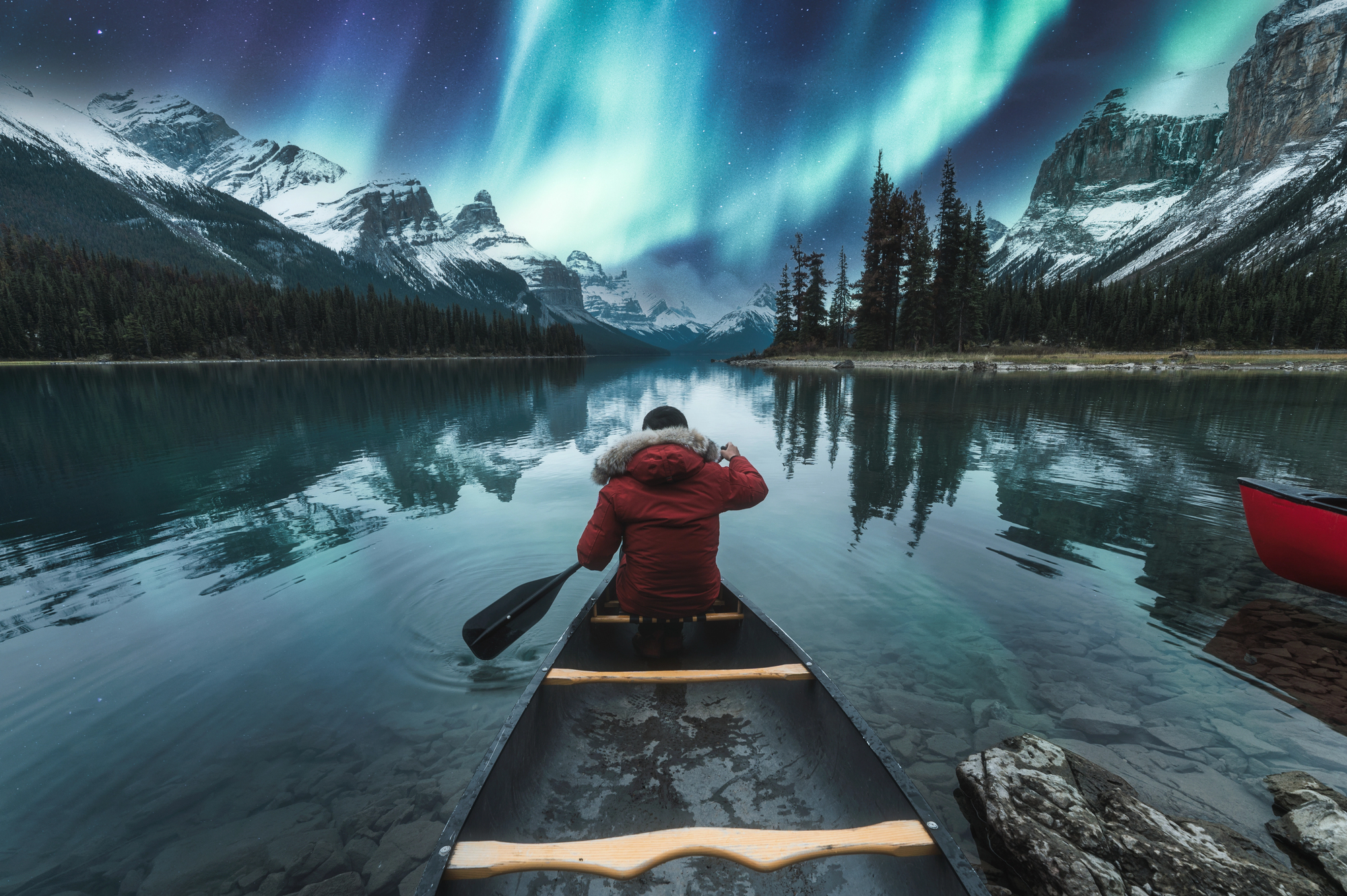
The Northern Lights create nature’s most magical light show, painting the Arctic sky in brilliant greens, purples, and blues. Iceland offers some of the world’s best aurora viewing, especially during winter months, when long nights provide extended opportunities for spectacular displays.
The dancing lights seem almost otherworldly against Iceland’s dramatic landscapes of glaciers and volcanic fields. Capturing the aurora requires patience and the right conditions, but even amateur photographers can create stunning images of this natural phenomenon.
Antelope Canyon in Arizona
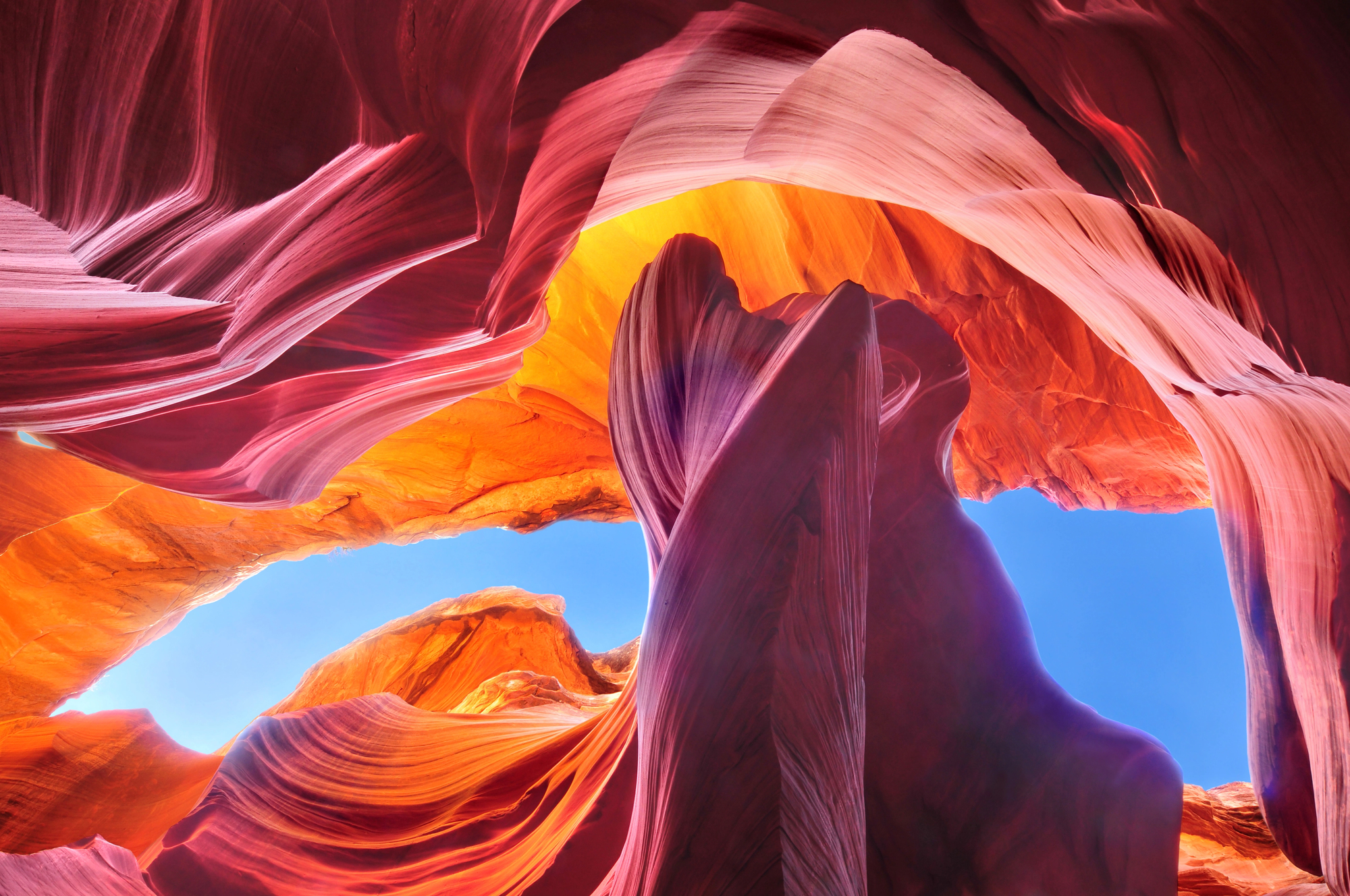
This slot canyon’s narrow walls create a photographer’s paradise, where sunlight filters down in golden beams that seem almost supernatural. The smooth, flowing rock formations carved by flash floods over millions of years create abstract patterns that look like frozen waves.
Peak lighting occurs during midday hours, when the sun is directly overhead, illuminating the canyon’s curves in warm, honey-colored light. The contrast between the narrow opening above and the flowing walls below creates photos that barely seem real.
Vinicunca in Peru
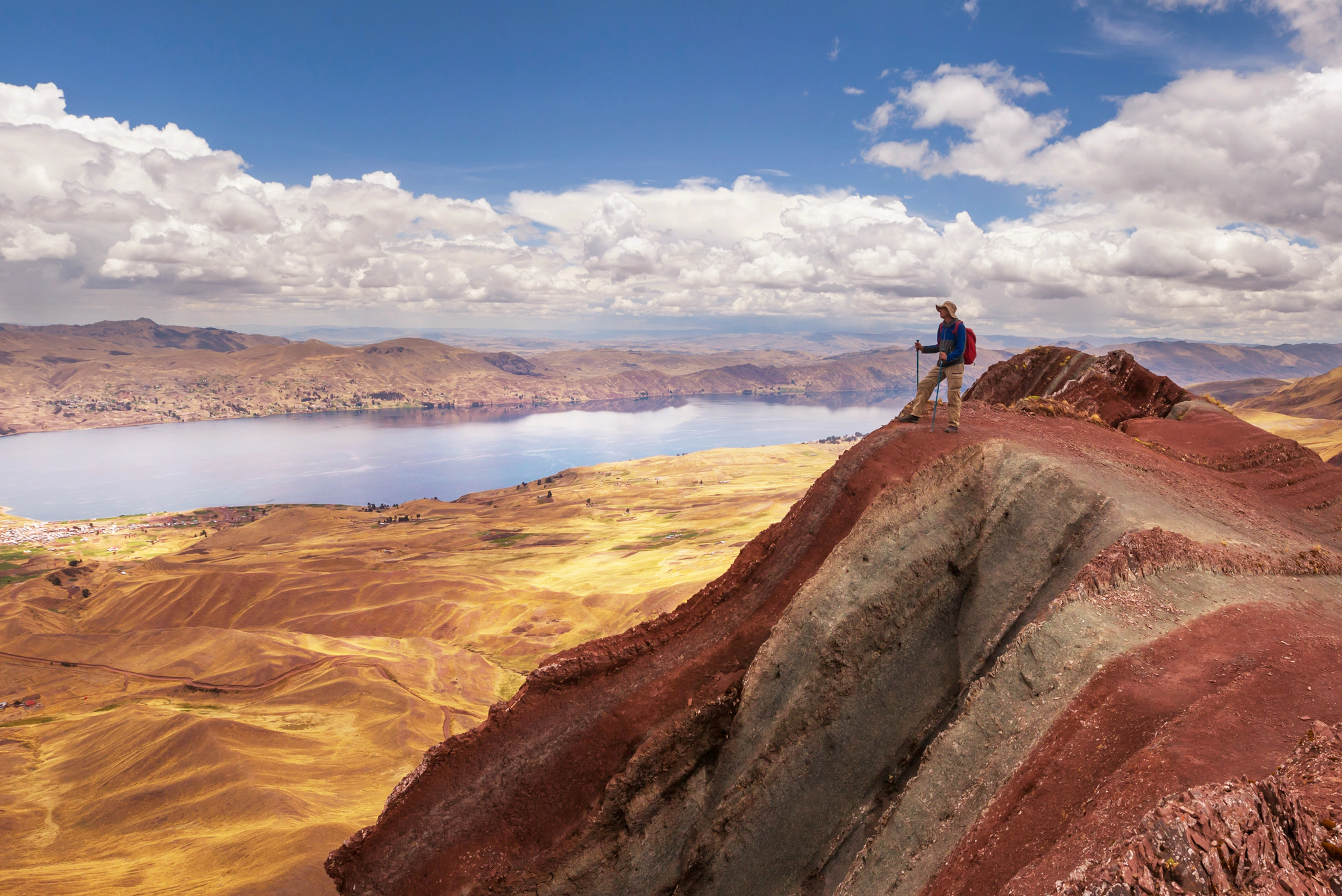
Peru’s Vinicunca, known as Rainbow Mountain, displays natural mineral deposits in vibrant stripes of red, yellow, green, and purple that stretch across high-altitude peaks. The colors result from different minerals in the rock layers, creating a landscape that looks like nature’s own painting.
The challenging hike to reach the viewpoint sits at over 16,000 feet above sea level, but the reward is access to one of Earth’s most colorful natural displays. The contrast between the rainbow-striped peaks and the deep blue sky creates photographs that capture one of geology’s most artistic achievements.
Like Travel Pug’s content? Follow us on MSN.
Giant’s Causeway in Northern Ireland

This UNESCO World Heritage Site features approximately 40,000 interlocking basalt columns that formed from ancient volcanic activity about 60 million years ago. The hexagonal columns create a natural stepping-stone pathway that extends into the North Atlantic Ocean, resembling a massive work of geometric art.
The columns vary in height and create dramatic patterns that change with the tides and lighting conditions. Legend claims the causeway was built by giants, and the otherworldly appearance makes that mythology easy to believe.
Salar de Uyuni in Bolivia
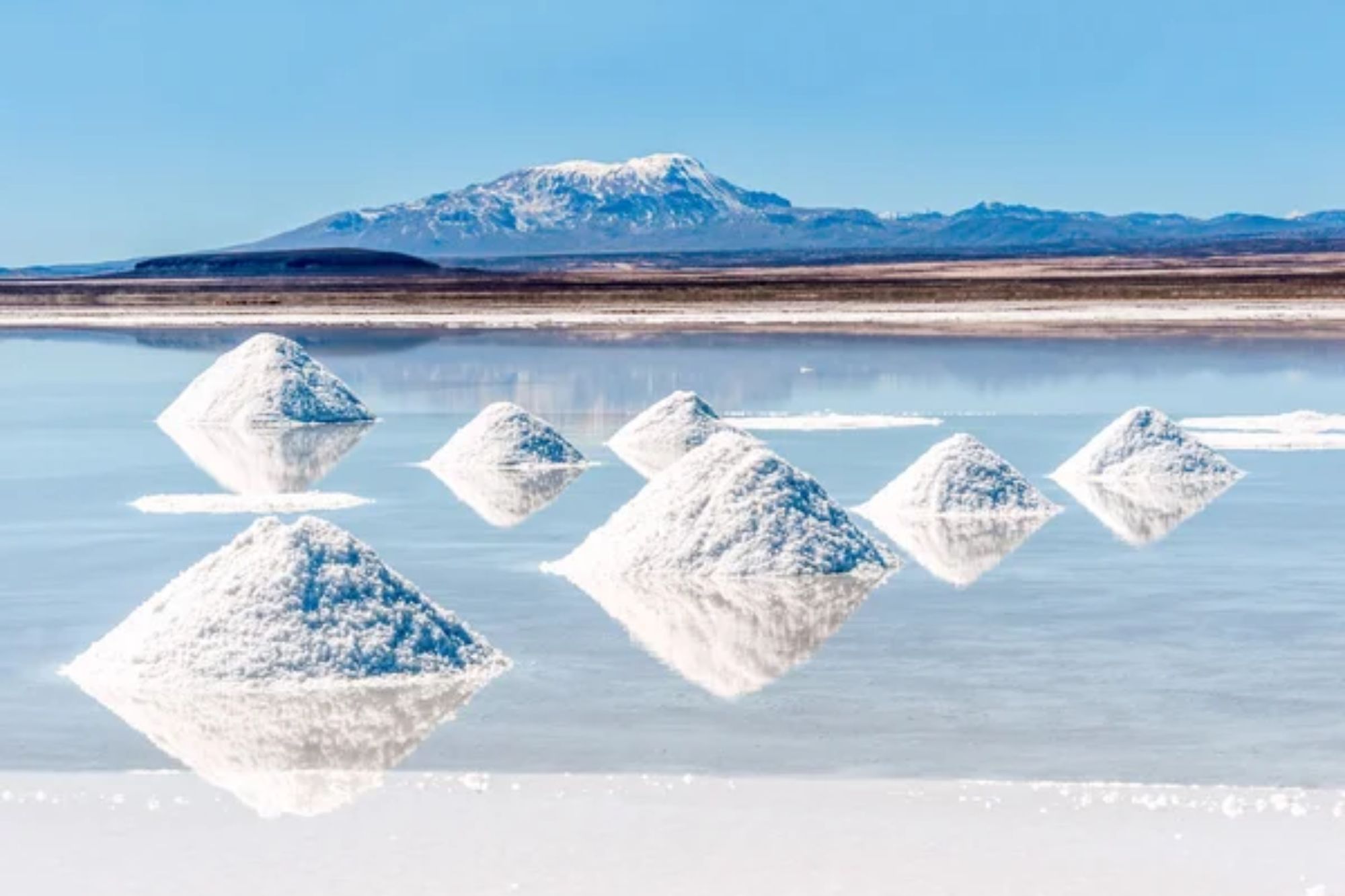
The world’s largest salt flat transforms into a perfect mirror during the rainy season, creating the illusion that you’re walking on clouds. This 4,000-square-mile expanse of white salt creates stunning reflections of the sky that make it impossible to tell where earth ends and heaven begins.
During the dry season, the salt forms geometric patterns that stretch to the horizon like a massive natural tile floor. The lack of visual reference points creates surreal photographs where people appear to be floating in an endless white void.
Zhangjiajie National Forest Park in China
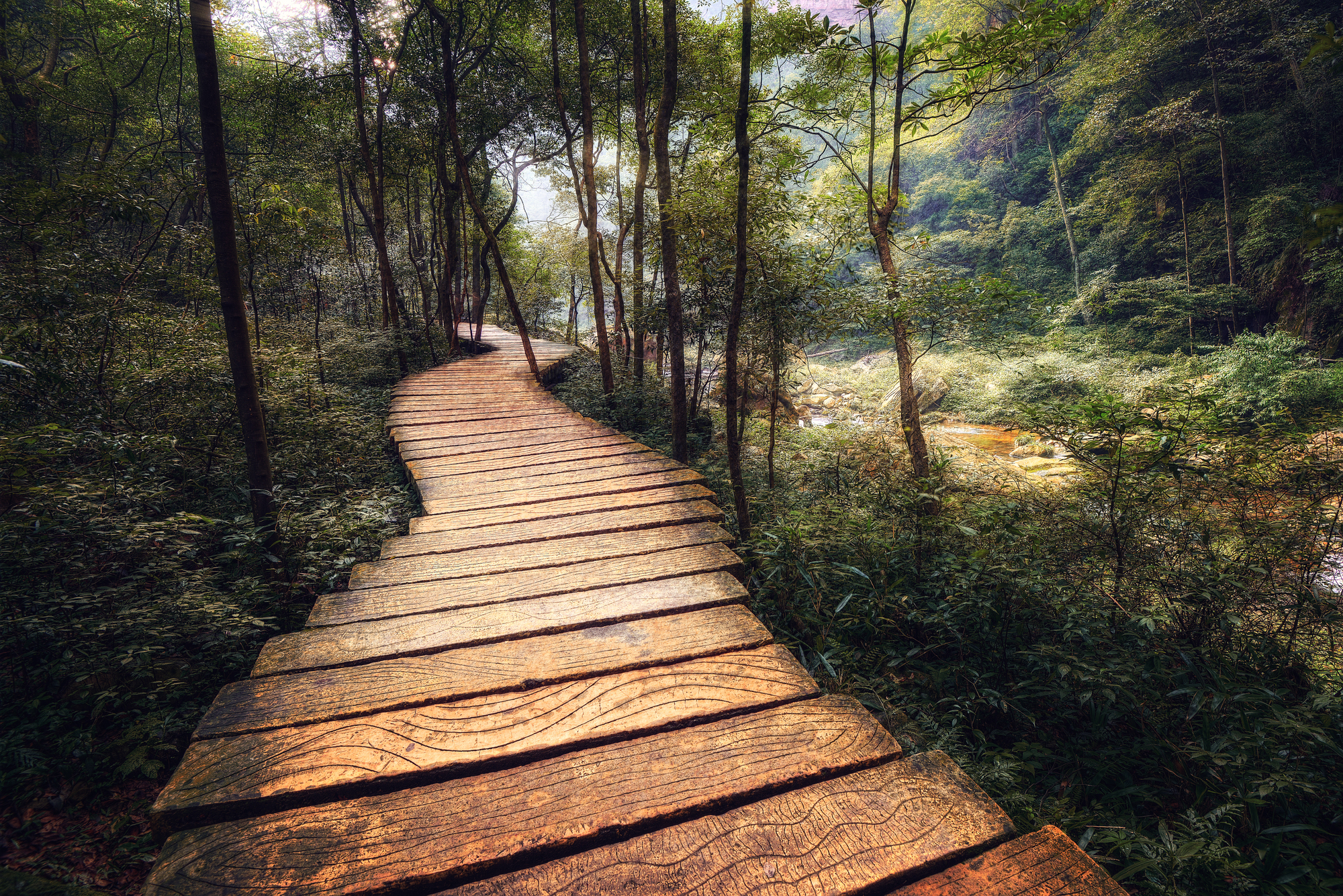
These towering sandstone pillars inspired the floating mountains in the movie Avatar, and the real landscape is just as breathtaking as the fictional version. The quartzite sandstone towers rise dramatically from misty valleys, creating a mystical atmosphere that changes throughout the day.
Morning fog often surrounds the bases of these ancient formations, making the peaks appear to float above the clouds. The park’s glass-bottom bridges and skywalks provide heart-stopping viewpoints for capturing the full scale of these natural skyscrapers.
Like Travel Pug’s content? Follow us on MSN.
Pamukkale in Turkey
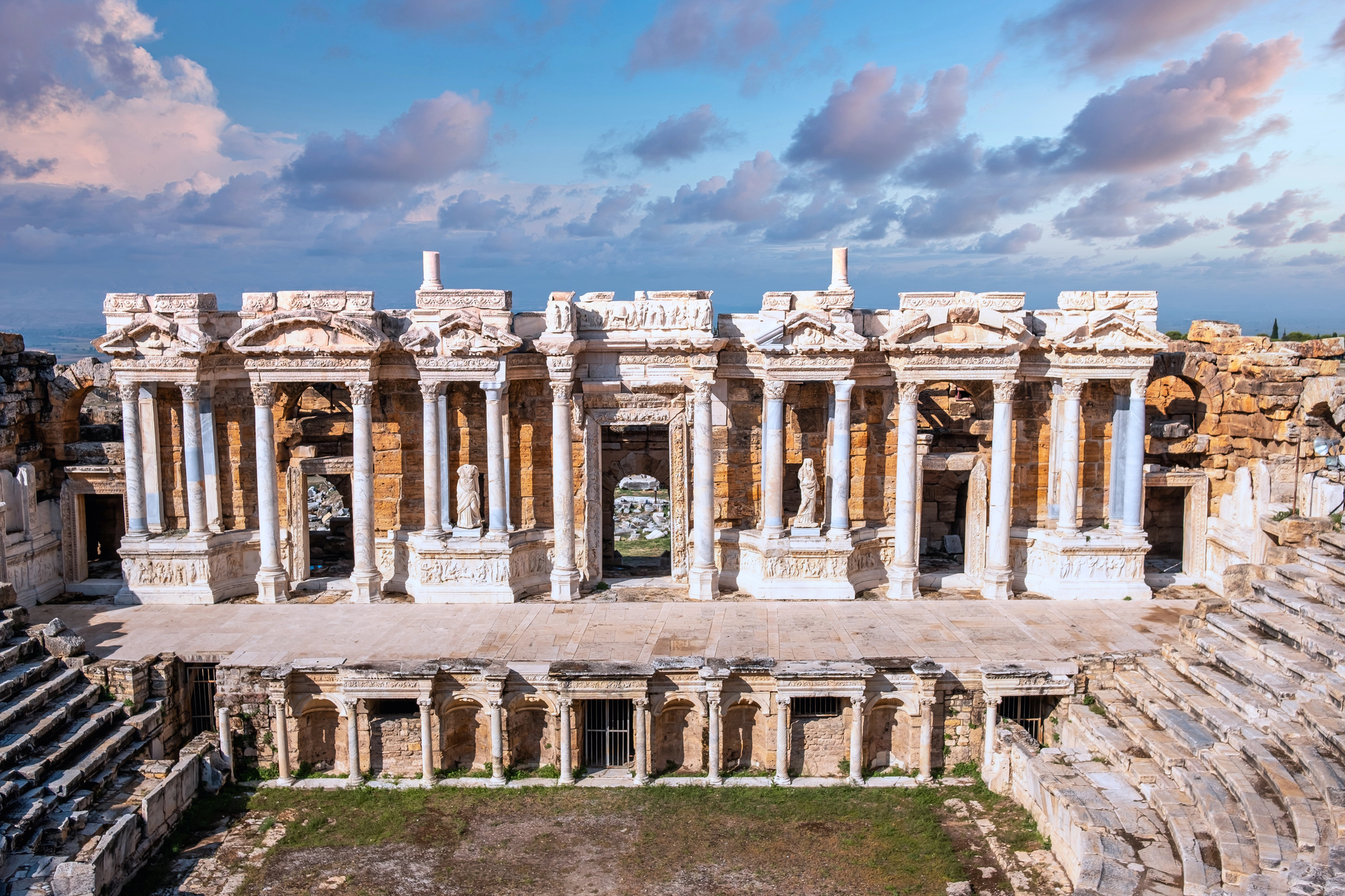
These white travertine terraces, formed by mineral-rich thermal springs over thousands of years, create what looks like a frozen waterfall cascading down a hillside. The calcium carbonate deposits have built up into pools that catch and reflect the brilliant blue water flowing down from the springs above.
The contrast between the pure white terraces and the turquoise pools creates an almost ethereal landscape that seems too perfect to be natural. Ancient Romans recognized this site’s beauty and built the city of Hierapolis nearby to take advantage of the healing thermal waters.
Glowworm Caves in New Zealand
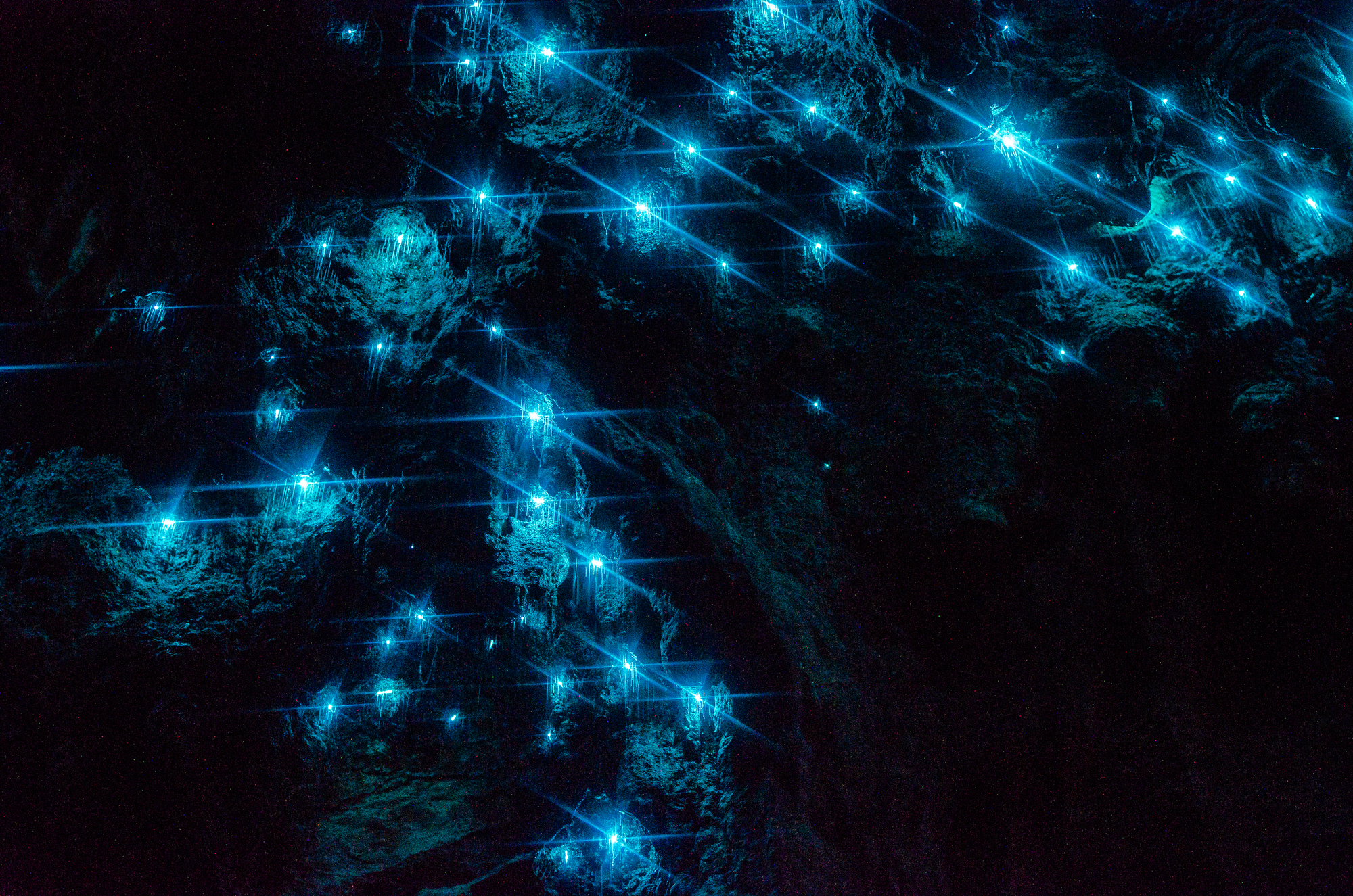
The Waitomo Caves house thousands of glowworms that illuminate underground chambers like a starry night sky brought down to earth. These tiny creatures create bioluminescent displays that turn cave ceilings into galaxies of blue-green light.
Boat tours through the underground rivers provide the perfect vantage point for capturing the magical glow that reflects in the dark water below. The silence of the caves combined with the otherworldly lighting creates an experience that feels like discovering an alien world.
Mount Roraima in Venezuela

This ancient tepui, or table mountain, rises dramatically from the surrounding rainforest like a massive natural fortress. The flat-topped summit sits nearly 9,000 feet above sea level and hosts unique plant and animal species found nowhere else on Earth.
Waterfalls cascade over the mountain’s sheer cliff faces, creating misty rainbows that add to the mystical atmosphere. The journey to reach the summit requires a multi-day trek, but the alien-like landscape at the top rewards adventurous photographers with truly unique images.
Like Travel Pug’s content? Follow us on MSN.
Marble Caves in Chile
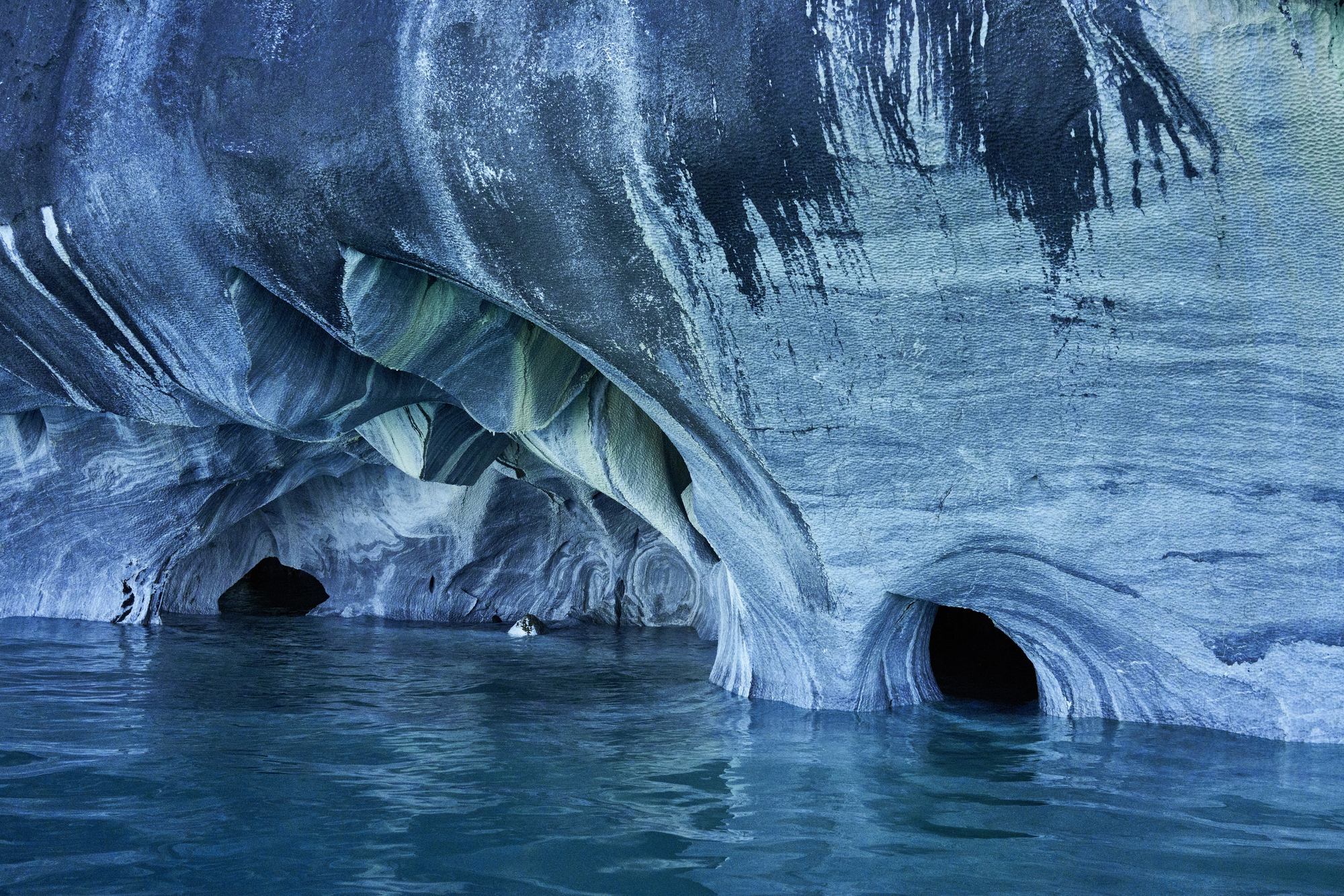
These smooth marble caverns, carved by 6,000 years of wave action on General Carrera Lake, create a natural cathedral of blue and white stone. The caves can only be accessed by kayak or small boat, adding adventure to the photographic expedition.
Sunlight filtering through the cave openings illuminates the marble walls in brilliant blues that reflect in the lake’s clear water. The smooth, flowing formations create abstract patterns that change as you move through the interconnected chambers.
Socotra Island in Yemen
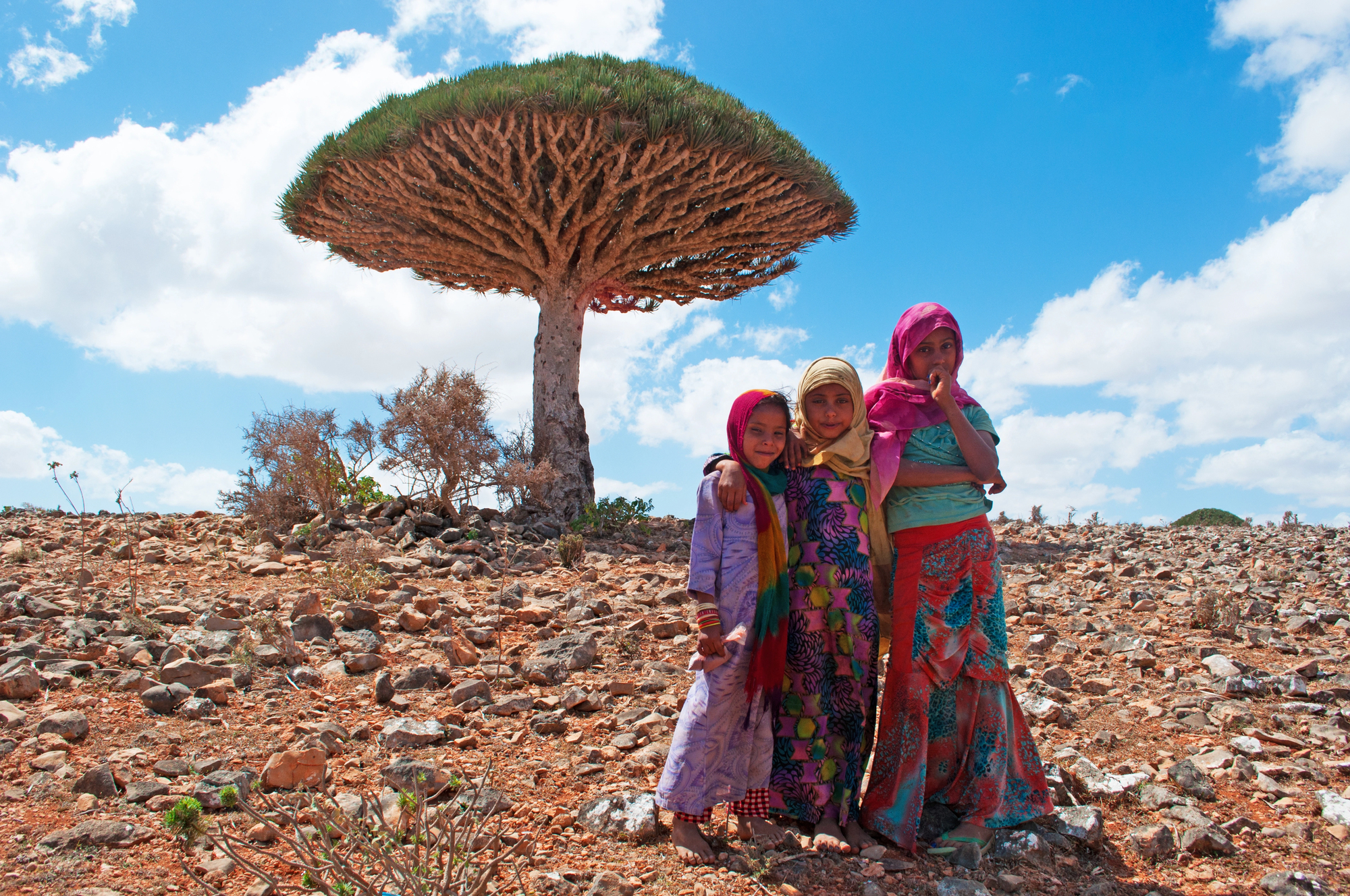
This isolated island in the Arabian Sea hosts plants and animals found nowhere else on Earth, including the iconic Dragon’s Blood Trees with their umbrella-shaped canopies. About one-third of Socotra’s plant species exist only on this island, creating landscapes that look more like alien worlds than earthly environments.
The Dragon’s Blood Trees dot the landscape like giant umbrellas, creating surreal silhouettes against desert backdrops. The island’s isolation has preserved ecosystems that offer glimpses into how Earth might have looked millions of years ago.
Kawah Ijen in Indonesia
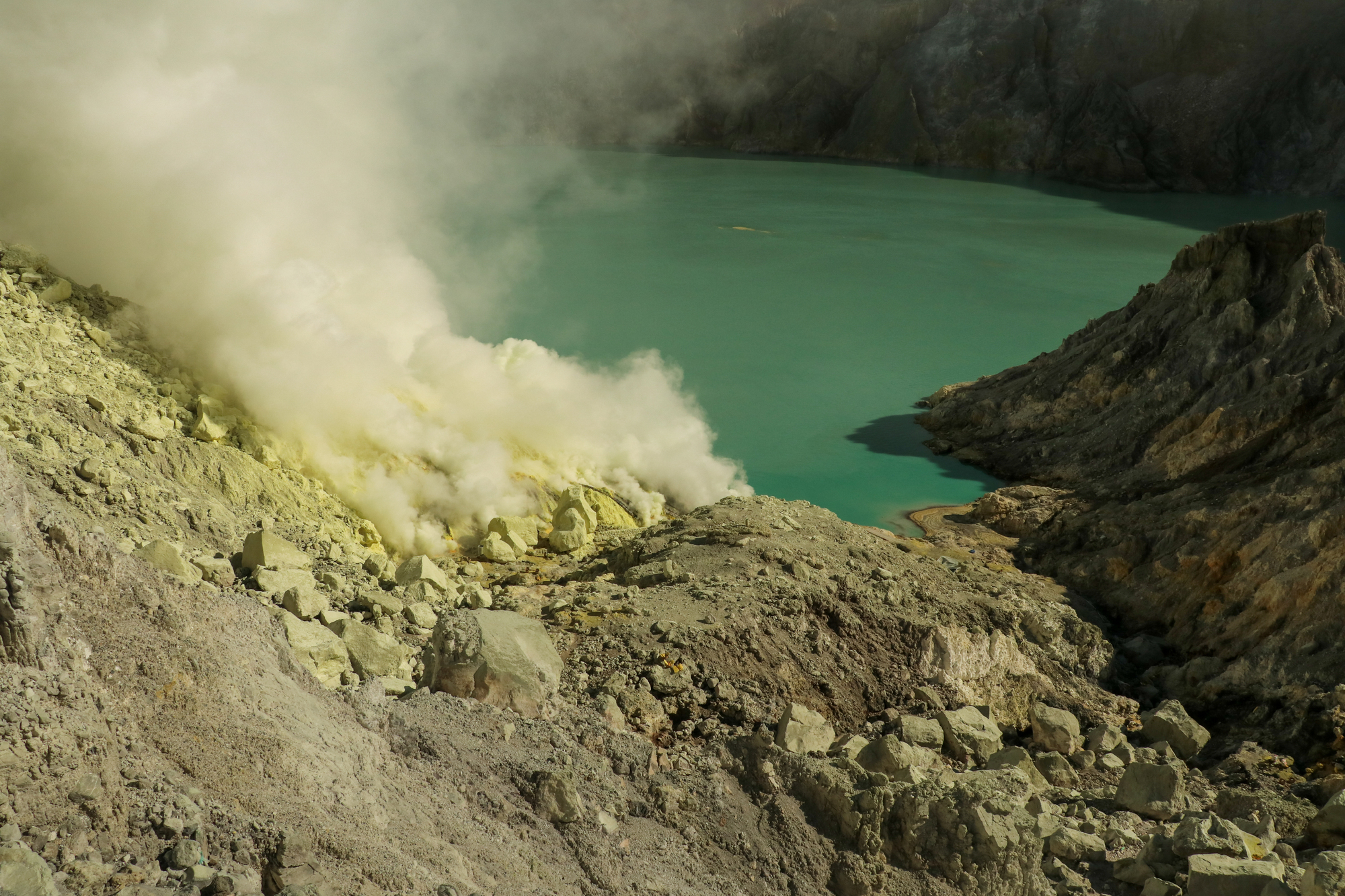
This active volcano crater contains the world’s largest acidic crater lake, which glows an otherworldly turquoise blue due to its high sulfur content. At night, the crater produces blue flames from sulfur gas combustion, creating one of nature’s most unusual light shows.
The challenging pre-dawn hike to reach the crater rim rewards photographers with images of phenomena that seem to defy natural laws. The combination of the glowing lake and blue flames creates photographs that capture one of Earth’s most extreme and beautiful environments.
Like Travel Pug’s content? Follow us on MSN.
Tepuis of Venezuela
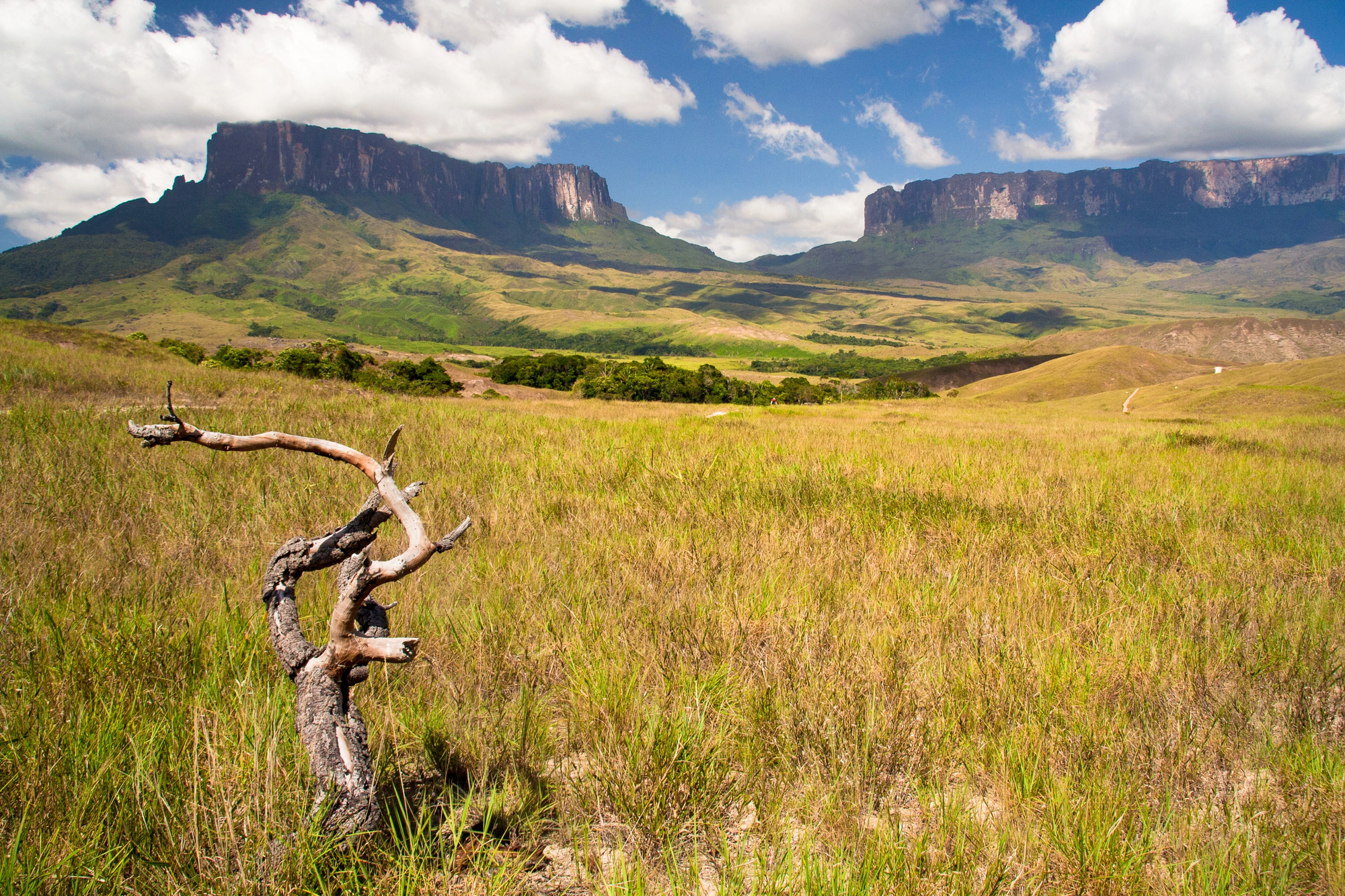
These ancient table mountains rise like natural skyscrapers from the Venezuelan jungle, each hosting unique ecosystems isolated for millions of years. Angel Falls, the world’s highest waterfall, plunges nearly 3,200 feet from one of these tepuis, creating a ribbon of white water against the dark cliff face.
The flat tops of these mountains contain species of plants and animals that evolved in complete isolation, making each tepui a natural laboratory. The dramatic scale and prehistoric appearance of these formations create images that capture Earth’s ancient geological history.
Lavender Fields in Provence
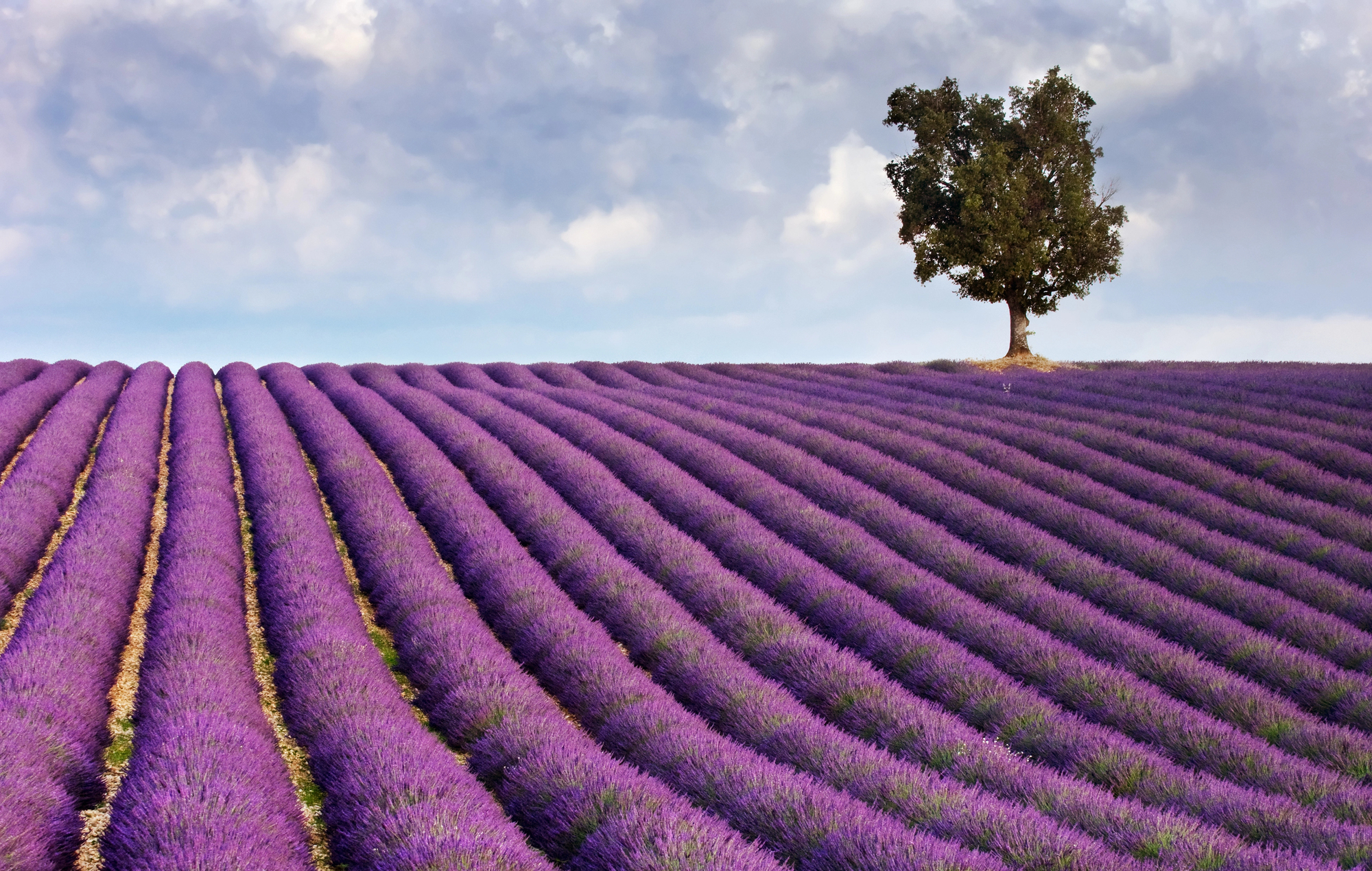
The rolling hills of southeastern France transform into purple seas during lavender blooming season from late June through August. The geometric rows of lavender create natural leading lines that draw the eye across landscapes painted in every shade of purple imaginable.
The intense fragrance of millions of lavender plants combines with the visual beauty to create a multisensory experience. Early morning and late afternoon light enhance the purple hues and create the warm, golden lighting that makes these fields so photogenic.
Mendenhall Ice Caves in Alaska
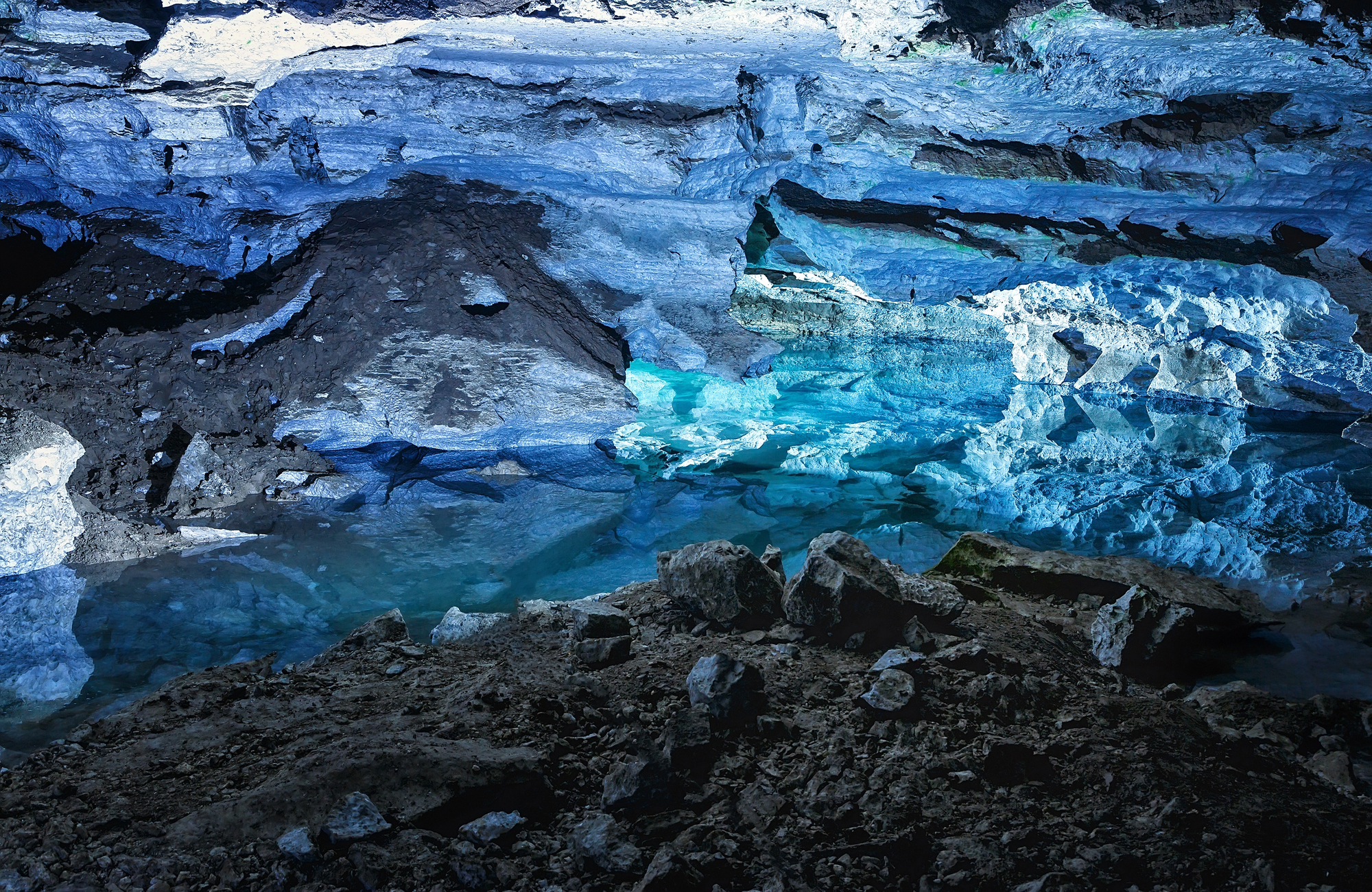
These crystal-blue ice caves form naturally within the Mendenhall Glacier, creating temporary chambers of sculptural ice that glow with ethereal blue light. The caves change constantly as the glacier moves and melts, making each visit unique and ensuring that no two photographs are ever identical.
The smooth, flowing ice formations create abstract sculptures that seem crafted by an artist rather than natural forces. Accessing the caves requires glacier hiking skills, but the reward is entry into one of nature’s most ephemeral art galleries.
Like Travel Pug’s content? Follow us on MSN.
Lake Hillier in Australia
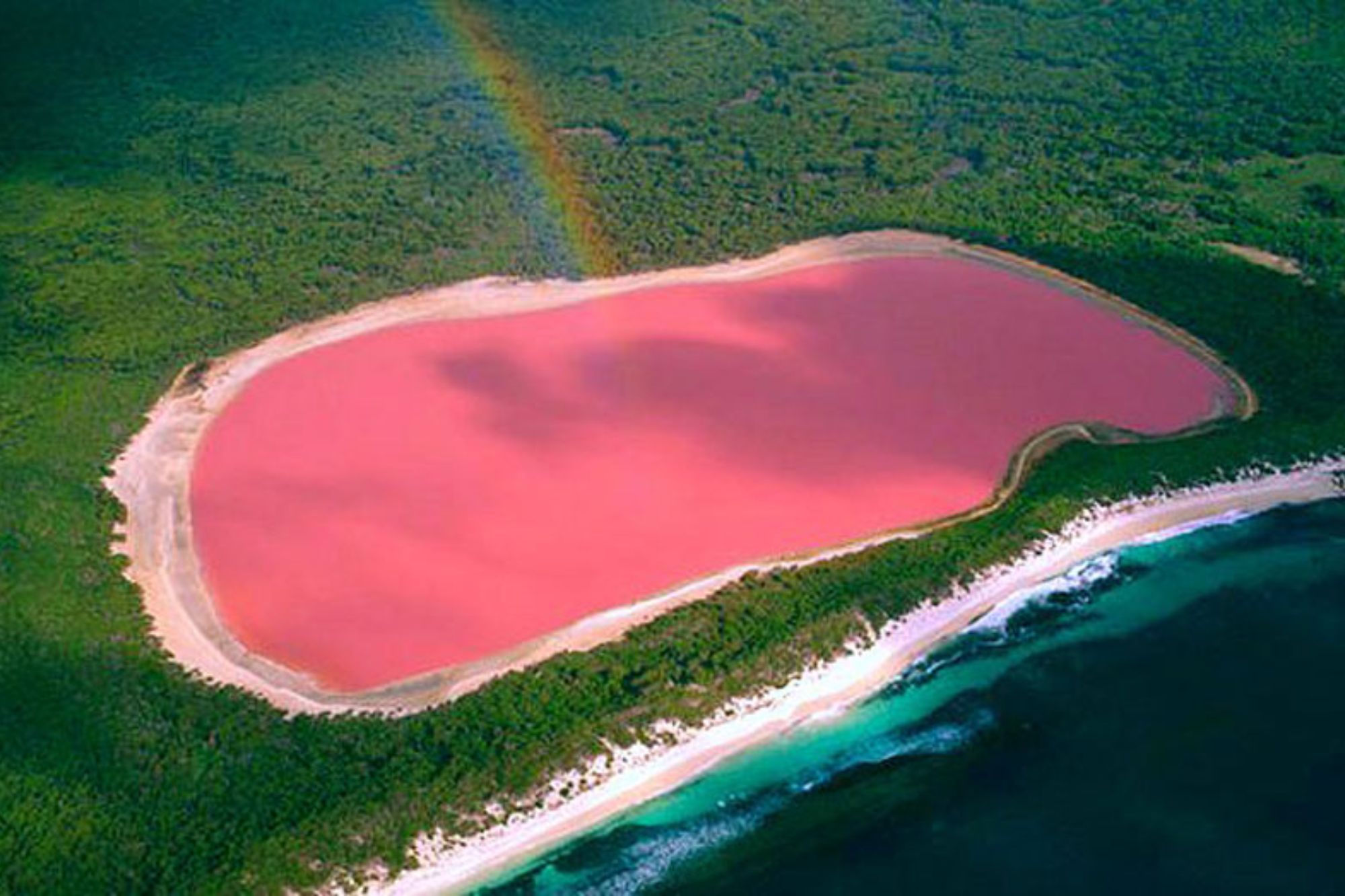
This bubblegum-pink lake on Middle Island maintains its vibrant color year-round due to algae and bacteria that thrive in the saltwater. The lake’s bright pink color contrasts dramatically with the surrounding eucalyptus forest and the deep blue of the Southern Ocean nearby.
Scientists still don’t fully understand all the factors that create and maintain the lake’s unusual color, adding an element of mystery to its visual appeal. Aerial photography provides the best perspective for capturing the full impact of this natural phenomenon.
Fly Geyser in Nevada

This artificial accident created one of Earth’s most colorful geothermal features when a well drilling went wrong in 1964. The continuous flow of mineral-rich water has built up formations in brilliant reds, greens, and yellows that grow larger each year.
The alien-like formations sit in the middle of the Nevada desert like a piece of abstract art dropped from space. The vibrant colors and unusual shapes create photographs that challenge viewers to guess whether they’re looking at Earth or another planet.
Valley of Flowers in India
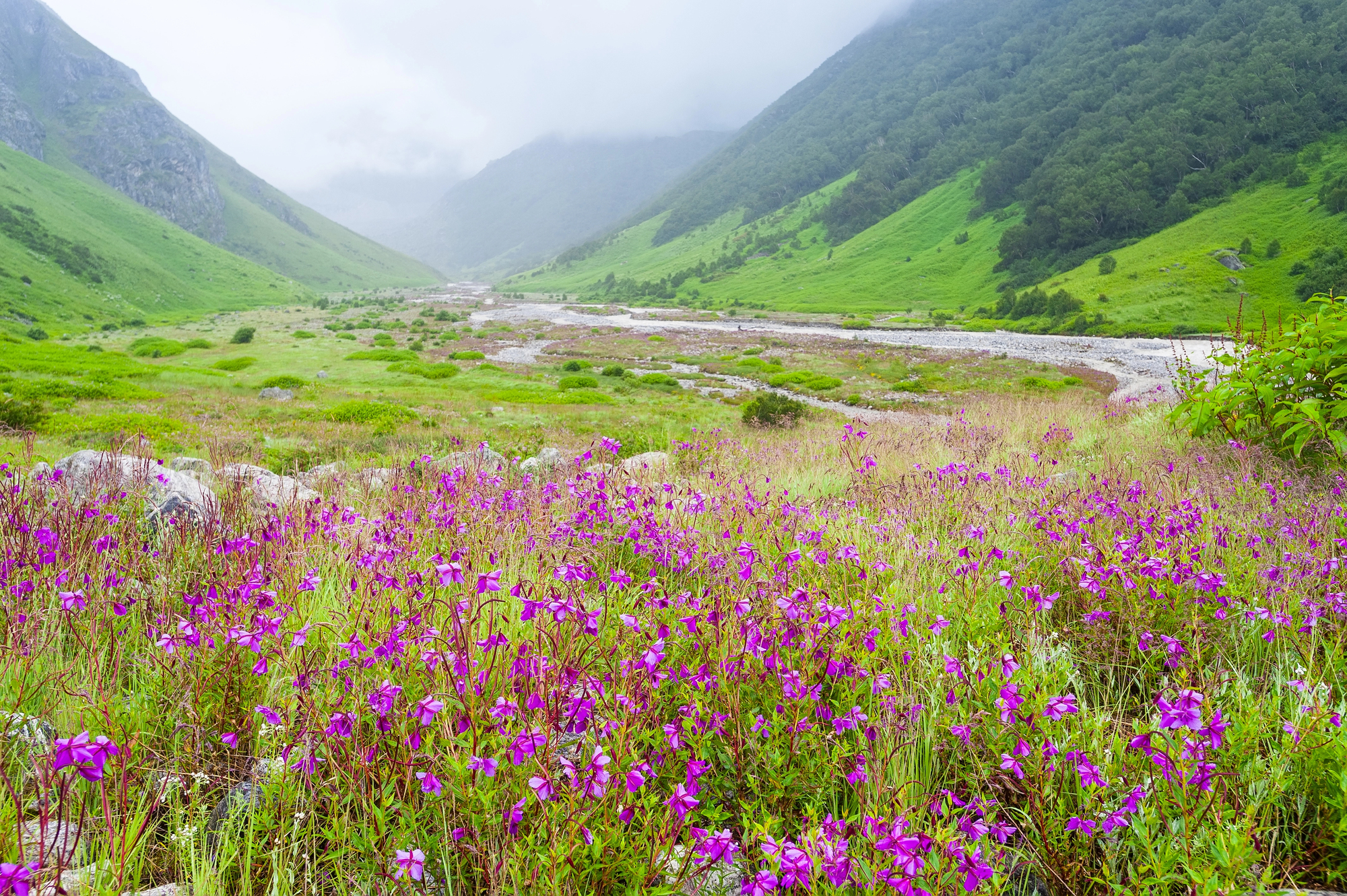
This high-altitude valley in the Himalayas explodes with wildflower blooms during monsoon season, creating a natural garden at 12,000 feet above sea level. The valley contains over 500 species of flowers, including many rare and endemic varieties that paint the landscape in every color imaginable.
Snow-capped peaks provide a dramatic backdrop for the flower-filled meadows, creating contrast between the delicate blooms and the harsh mountain environment. The challenging trek required to reach the valley ensures that photographs from this location remain relatively rare and special.
Like Travel Pug’s content? Follow us on MSN.
Where Nature Becomes Art
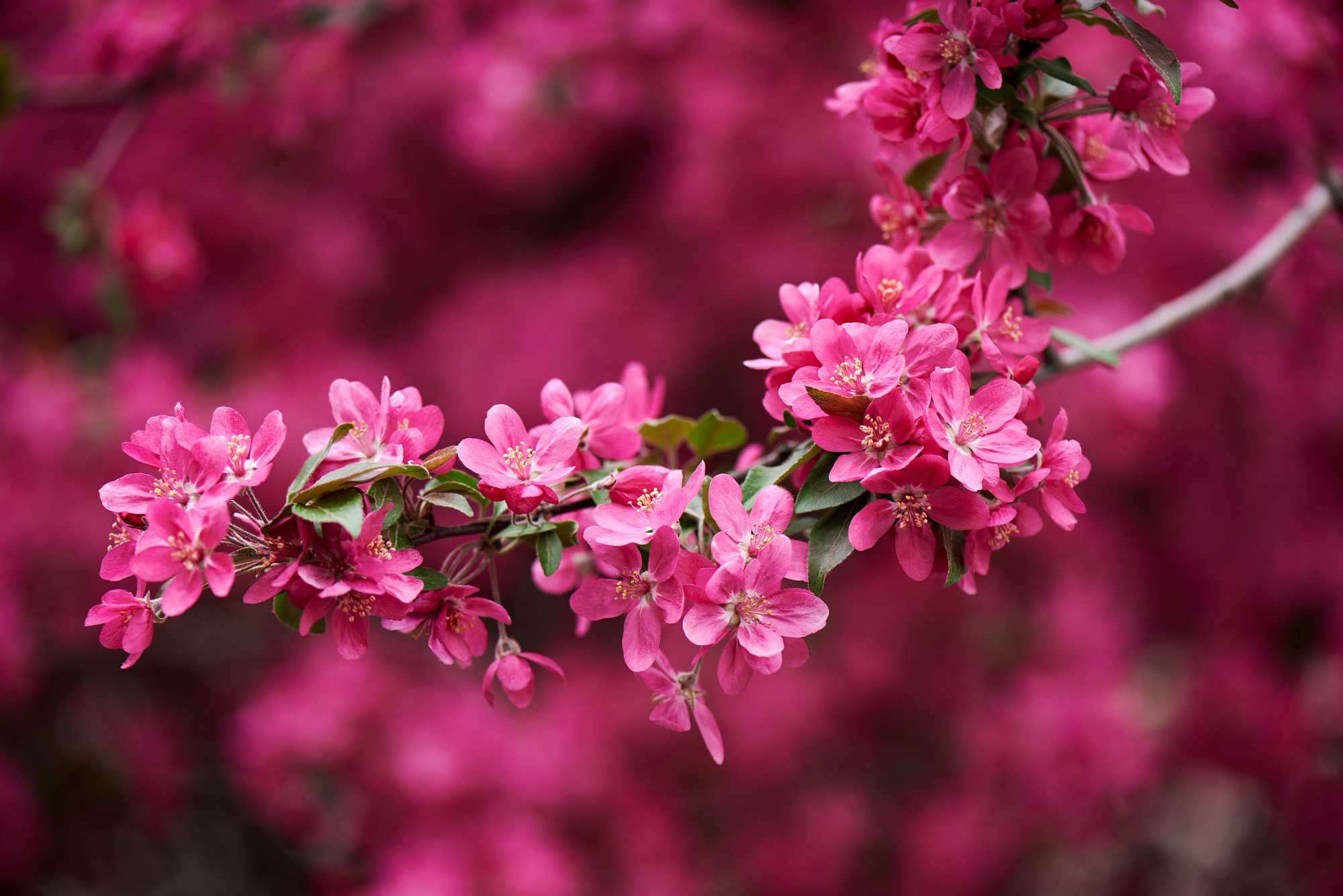
These natural wonders represent Earth’s most photogenic masterpieces, where geological processes and natural phenomena have created landscapes that seem almost too beautiful to be real. Each location offers unique combinations of color, light, and form that translate perfectly to social media while providing experiences that extend far beyond the photograph.
The popularity of these destinations on platforms like Instagram has introduced millions of people to the incredible diversity and beauty of our planet’s natural environments.
More from Travel Pug

- 20 Best Beach Towns in the Carolinas
- 13 Destinations Where Tourists Regularly Regret Their Trip
- 20 Destinations That Are More Magical Without an Itinerary
- 20 Underrated Adventures That Belong on Your Travel List
- 20 Cities Where You Should Just Wing It, No Planning Required
Like Travel Pug’s content? Follow us on MSN.
